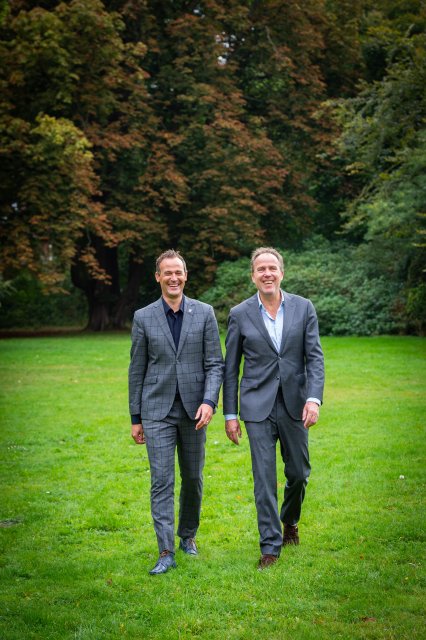Dune, Horst & Meadow
Innovative ideas for our valuable cultural landscape
Duin Horst & Weide is a unique cultural landscape. This rural area is a green buffer and lies in the middle of the urban network of The Hague and Leiden. The variety of landscapes with dunes, country estates and meadow areas is popular with its inhabitants and recreationists. Duin Horst & Weide has the highest biodiversity of our country; a special succession of beautiful landscapes with its own rich cultural history.
Developments
There are all kinds of challenges for the area: housing development, nitrogen precipitation, climate adaptation and subsidence. Energy transition and agricultural transition require space and a different use of our living environment. What opportunities do these developments offer to preserve and strengthen the unique values of Duin Horst & Weide?
Gathering innovative ideas
The Landscape Table Dune Horst & Weide in 2024 invited organizations in the region to share their ideas for a future-proof Dune Horst & Weide. By collecting innovative ideas and good examples, residents, recreationists, farmers and other users want to encourage keeping the area attractive for everyone.
Project 'Towards a future-proof sustainable cultural landscape'
Duin Horst & Weide's project 'Towards a future-proof sustainable man-made landscape' Map what the future may look like, taking into account all kinds of challenges for the largely agricultural area. What is the impact of the major social tasks, such as housing construction, biodiversity, agricultural and energy transition, nitrogen, climate adaptation and mitigation for the green cultural landscape?
In early 2025, the jointly prepared, updated future picture with action perspective will be published. Landowners, such as farmers, estate owners and private individuals will be given tools to get started. The 'Course document future-proof sustainable cultural landscape DHW' can be a building block for the Environmental Vision.

Landscape Table Dune Horst & Meadow
In it, the municipalities of Wassenaar, Leidschendam-Voorburg, Voorschoten, Leiden, Katwijk, Zoetermeer and The Hague work together with civil society organizations, site managers, private partners and National Park Hollandse Duinen to create an "authentic, vital and experienceable" rural area. Contact us at: erfgoed@wassenaar.nl.
